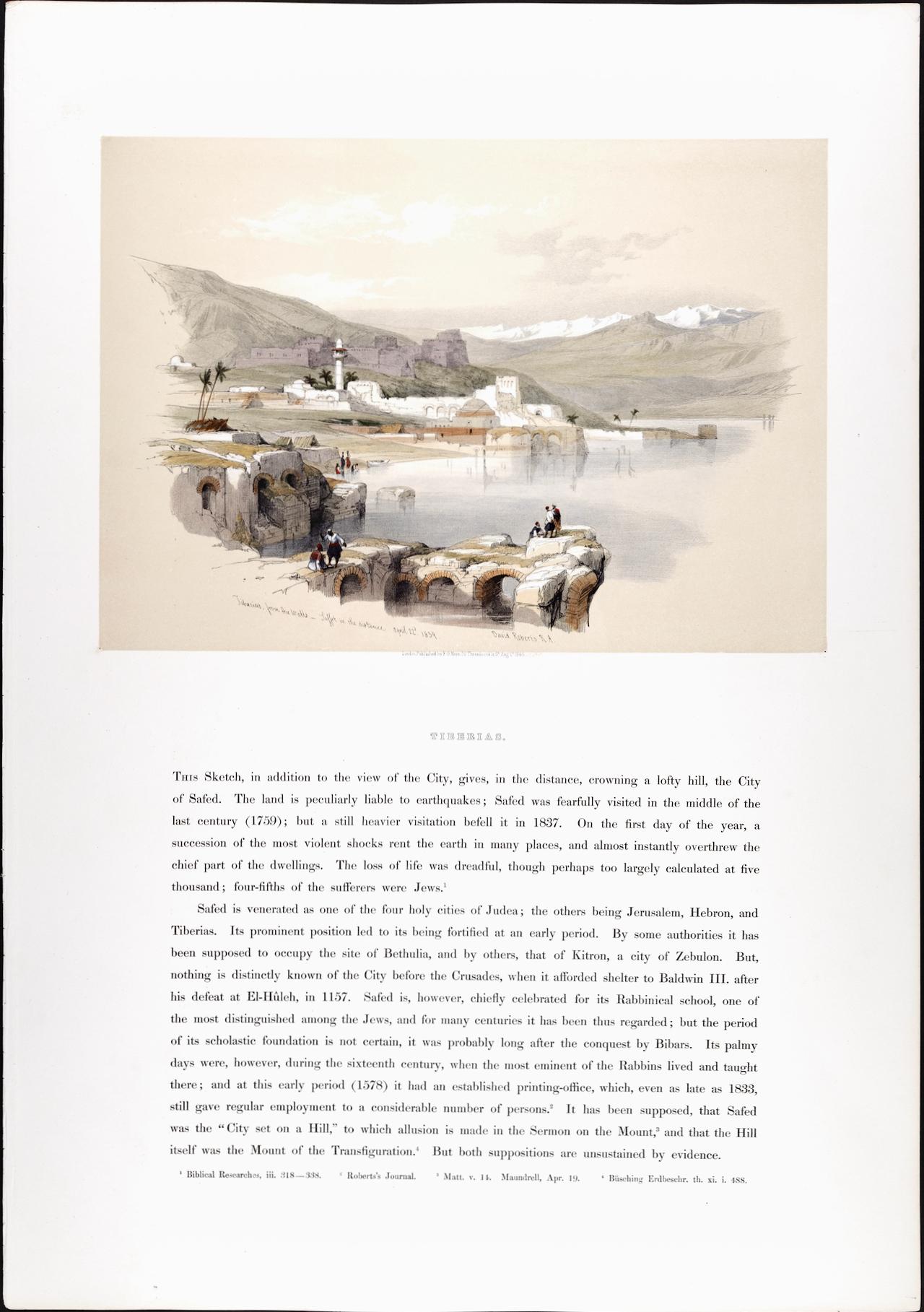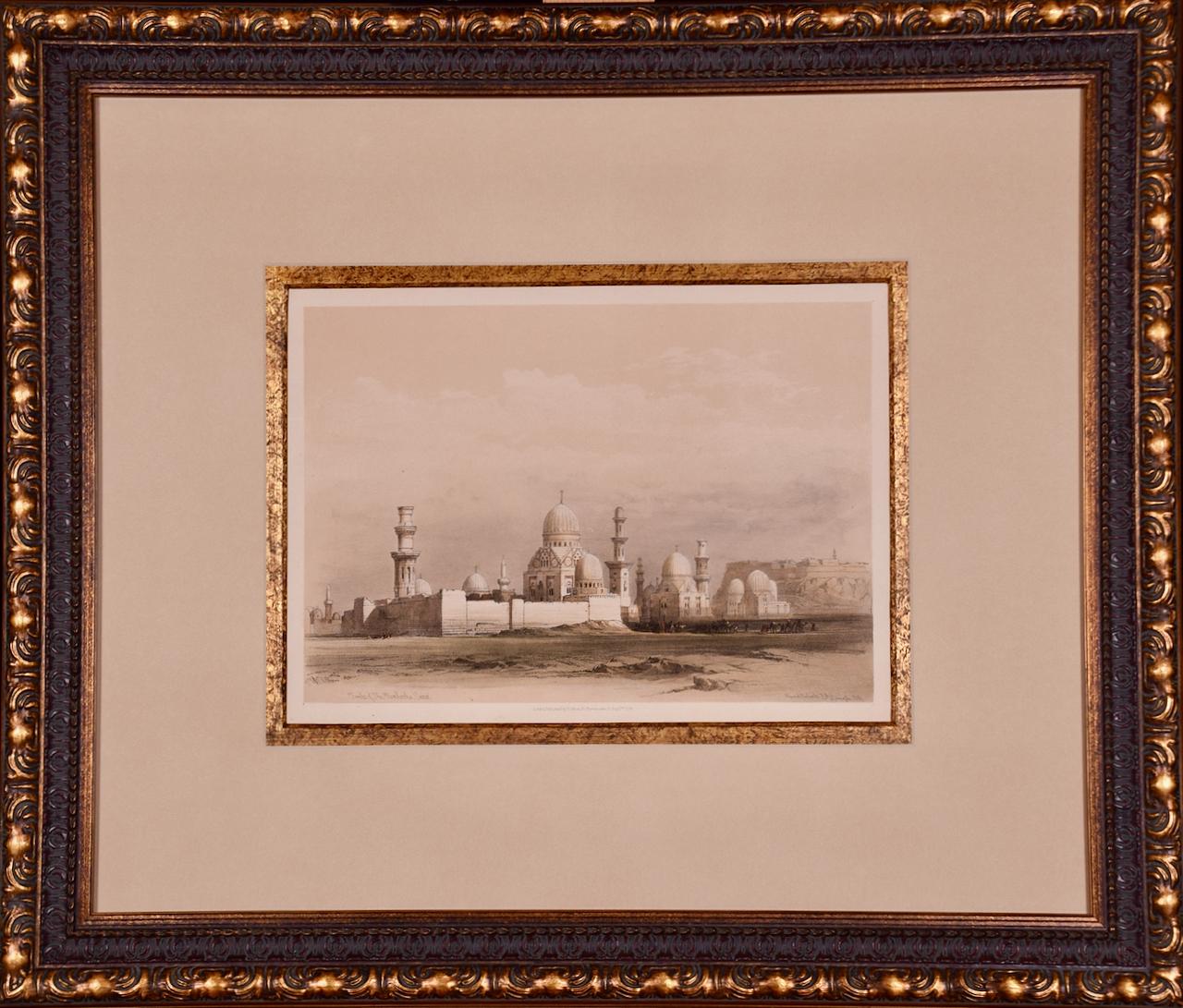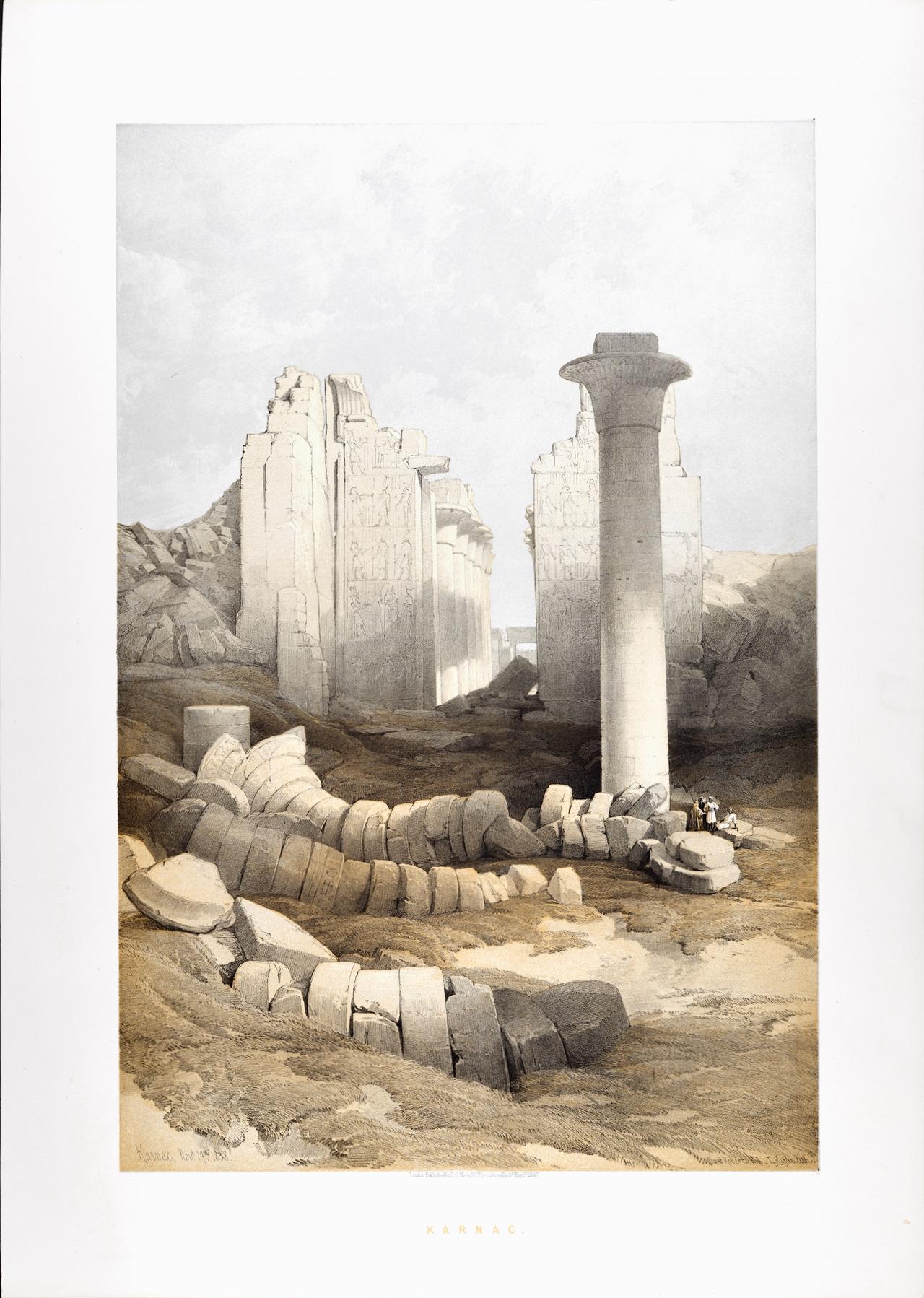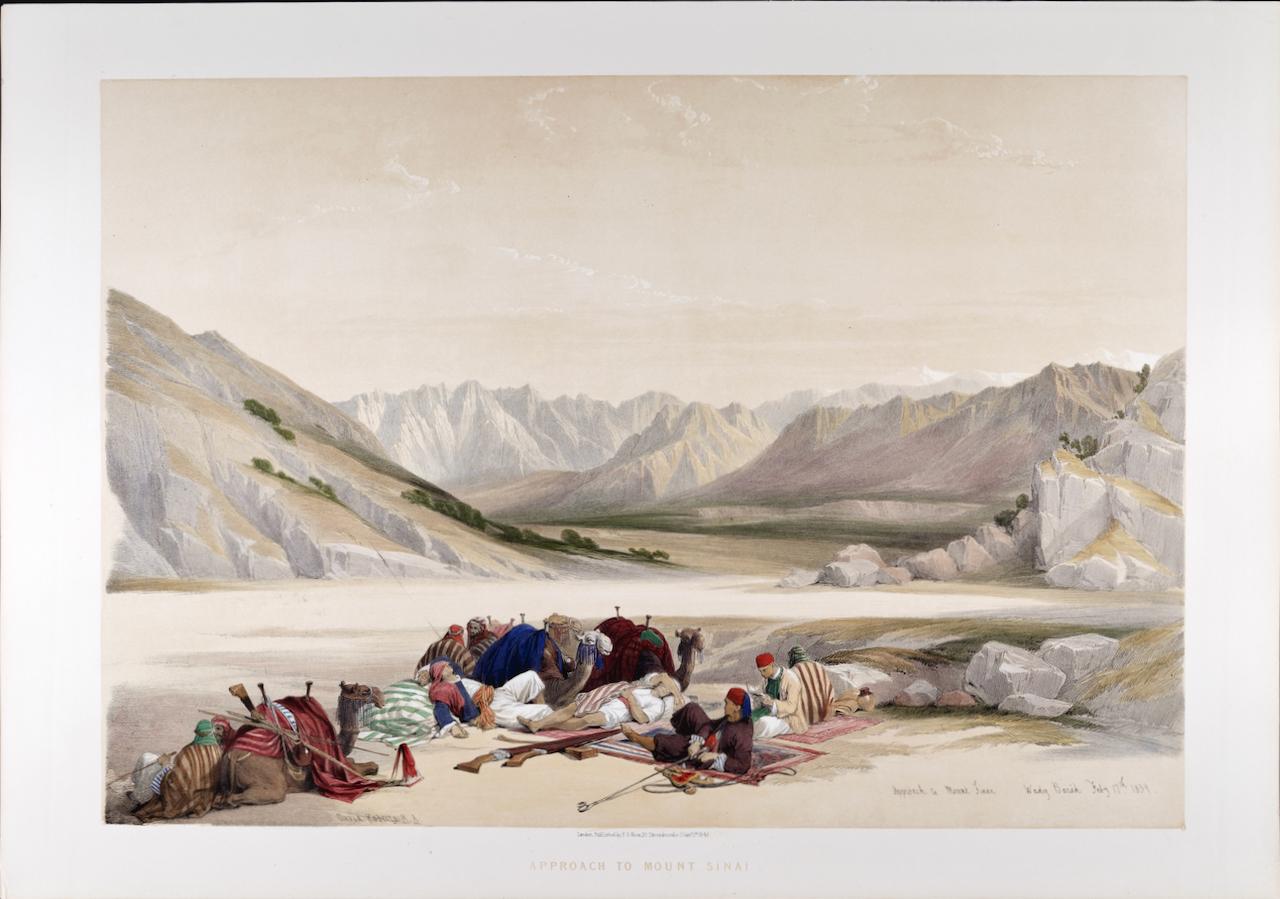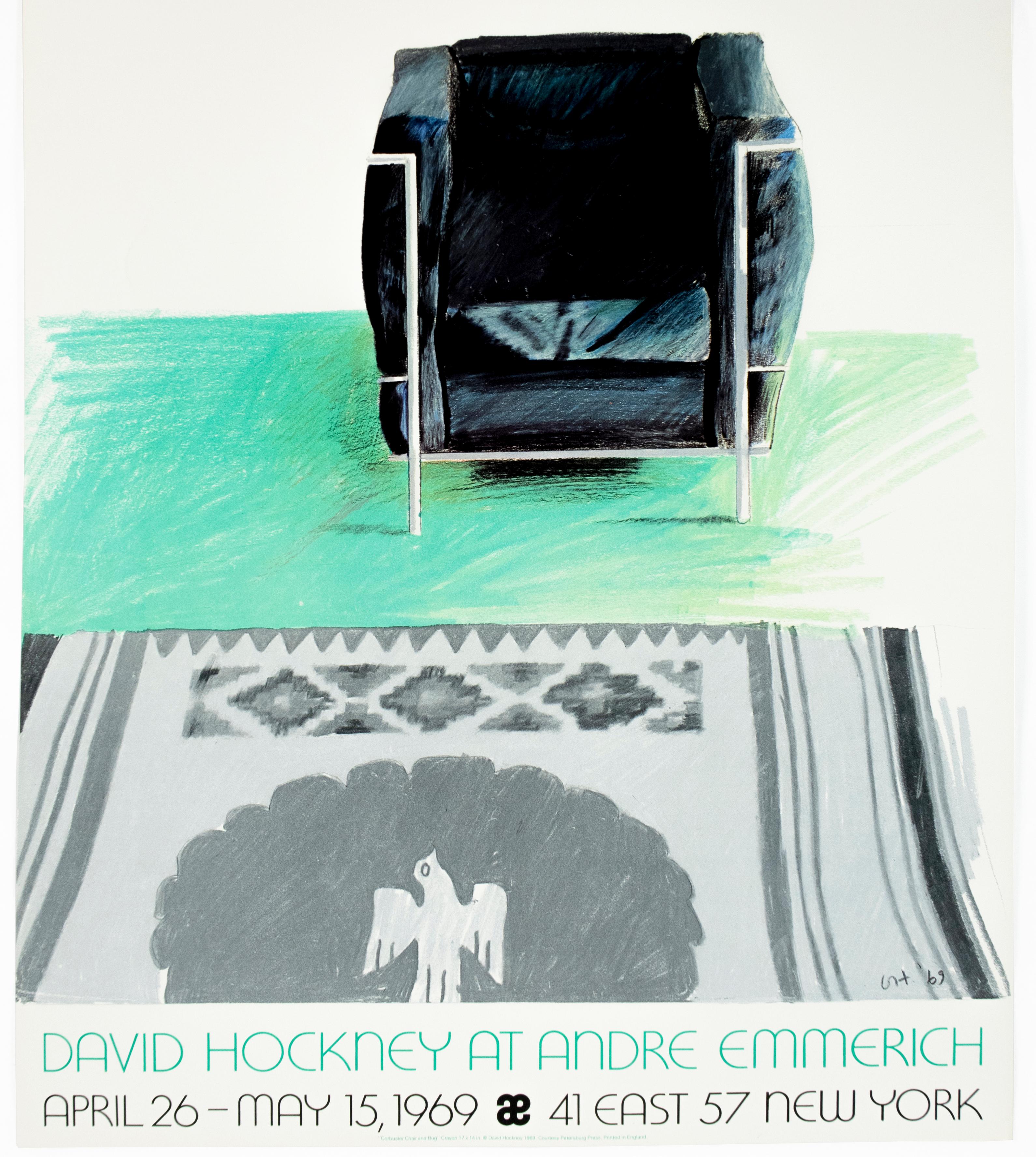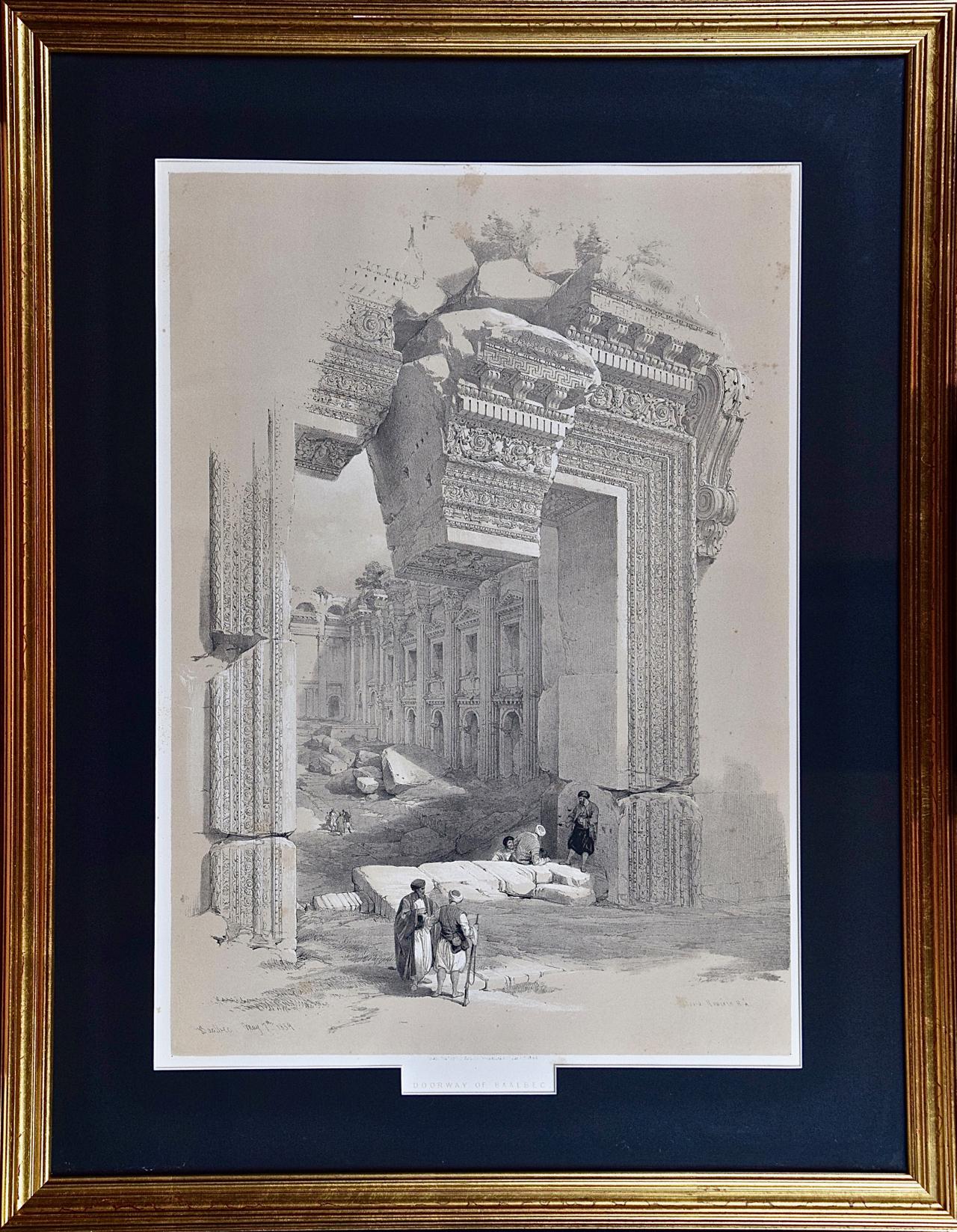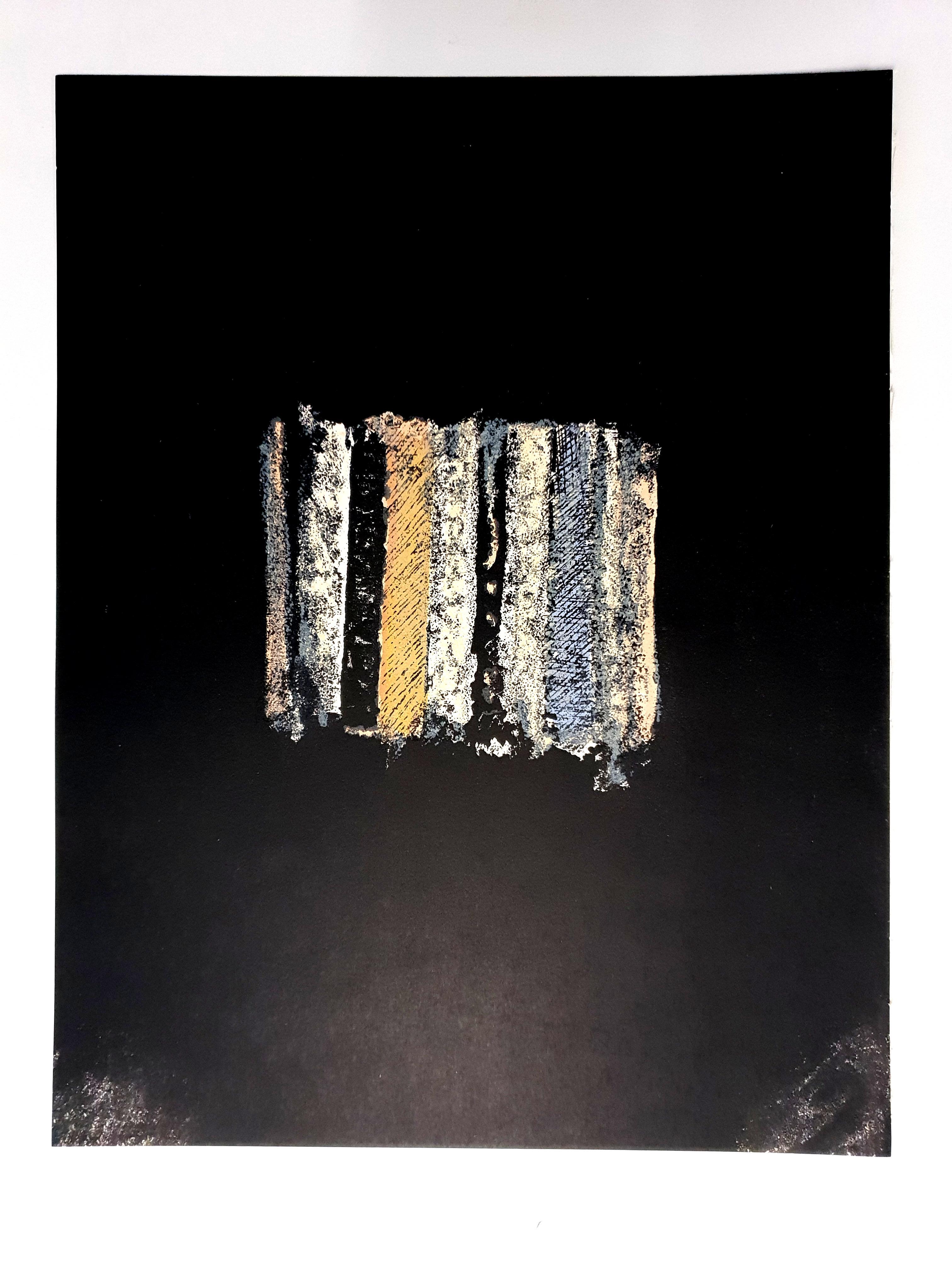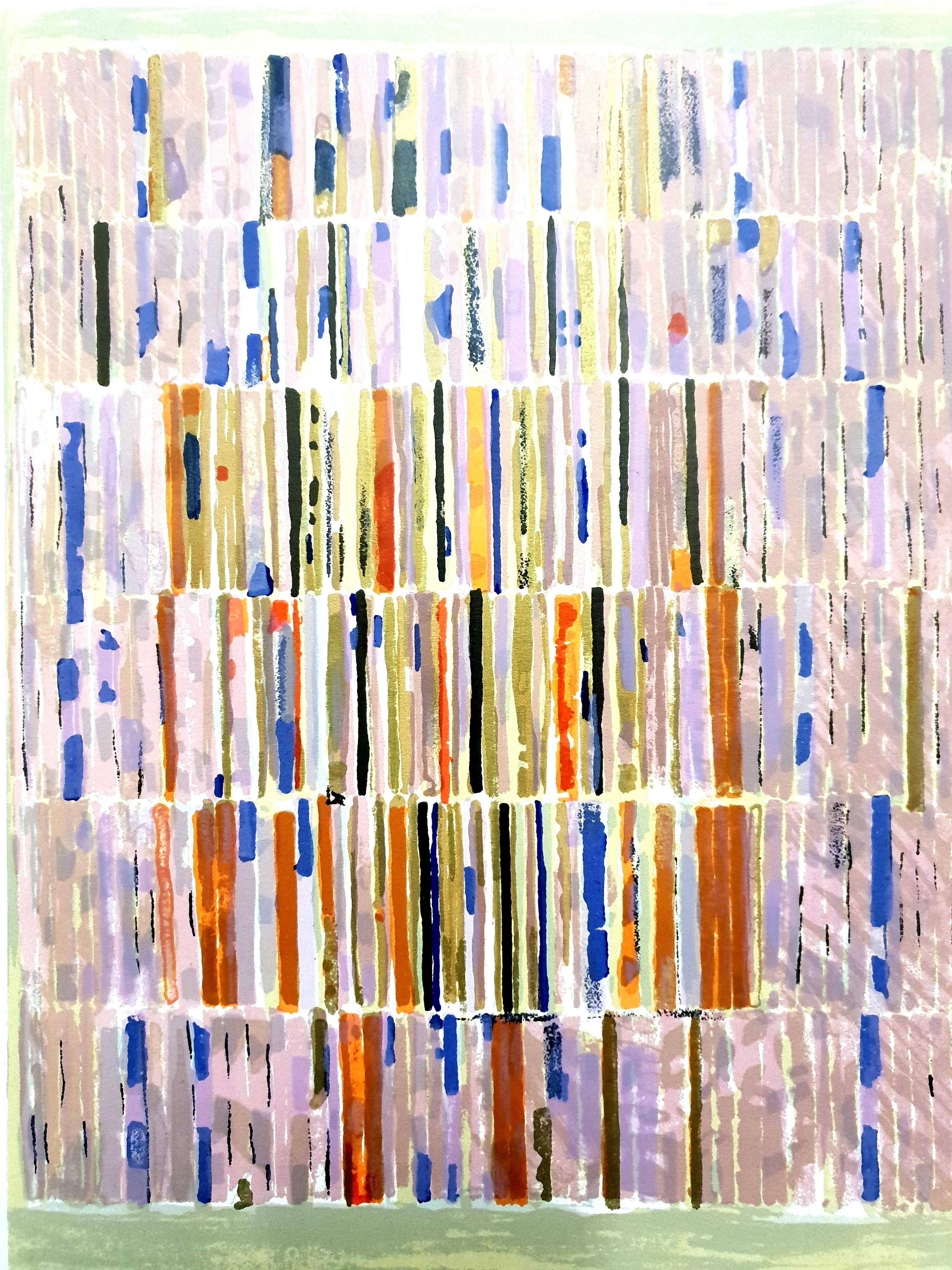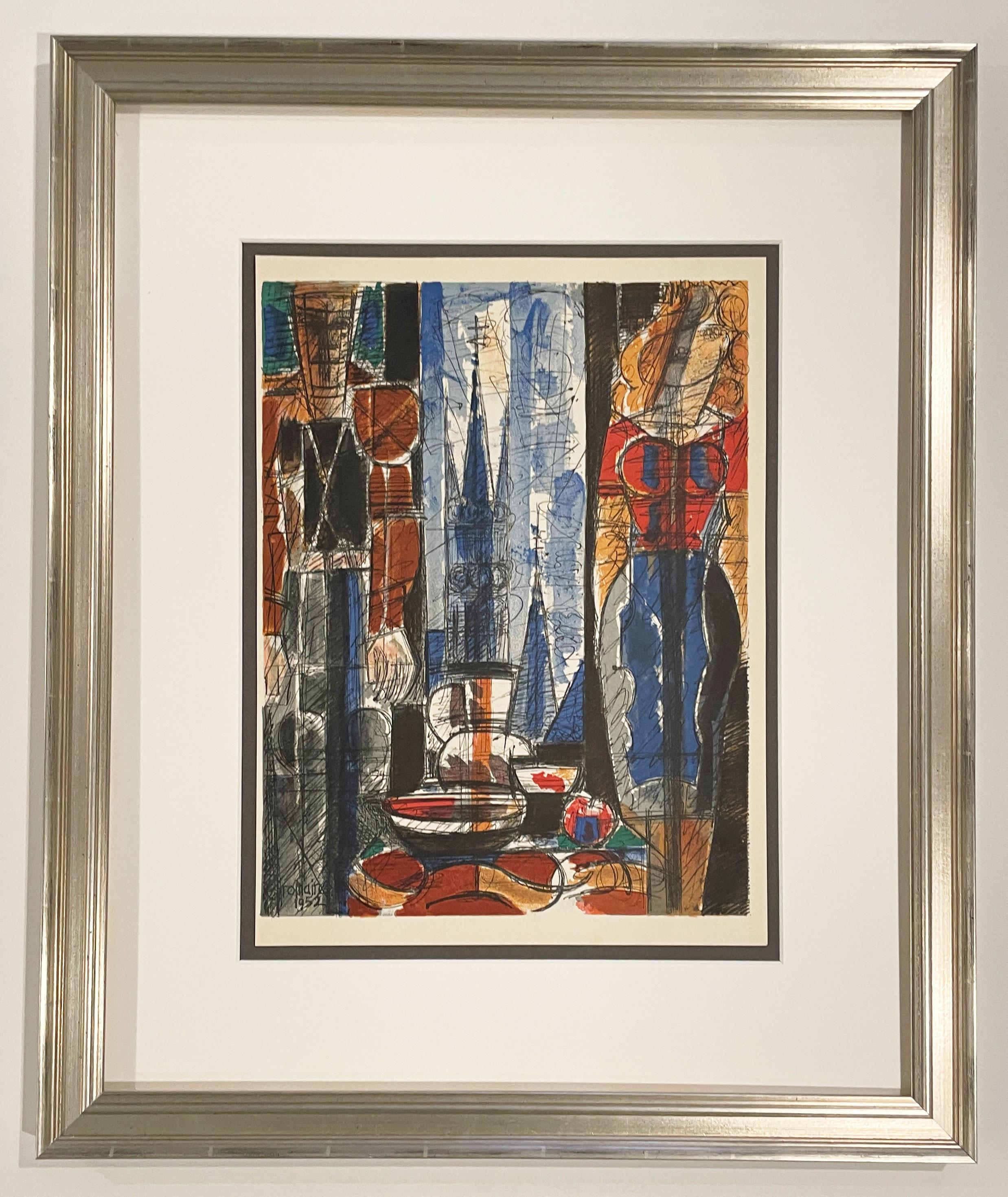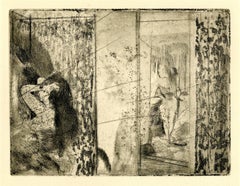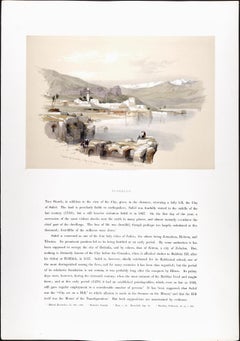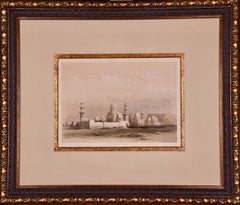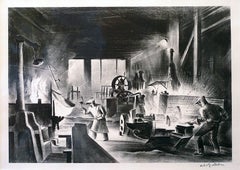
Hot Saw
Want more images or videos?
Request additional images or videos from the seller
1 of 4
Adolf DehnHot Saw1937/38
1937/38
About the Item
- Creator:Adolf Dehn (1895 - 1968, American)
- Creation Year:1937/38
- Dimensions:Height: 9.75 in (24.77 cm)Width: 13.875 in (35.25 cm)
- Medium:
- Movement & Style:
- Period:
- Condition:This is a very rich impression, with great contrasts in the black shadows of the image.
- Gallery Location:Fairlawn, OH
- Reference Number:Seller: FA69281stDibs: LU1406141942
About the Seller
5.0
Recognized Seller
These prestigious sellers are industry leaders and represent the highest echelon for item quality and design.
Platinum Seller
These expertly vetted sellers are 1stDibs' most experienced sellers and are rated highest by our customers.
Established in 1978
1stDibs seller since 2013
710 sales on 1stDibs
Typical response time: 1 hour
Associations
International Fine Print Dealers Association
More From This SellerView All
- In the SalonBy Rudolf BauerLocated in Fairlawn, OHIn the Salon Lithograph on tan wove paper, c. 1910 Signed in pencil lower right; signed in the plate lower right (see photo) Annotated "No. 20" in pencil lower left (see photo) Condition: Excellent Image size: 13-7/8 x 10-1/2 inches Sheet size: 19 x 14 1/4 inches Provenance: Estate of the Artist Borghi & Co., New York Herb Lerner, Boca Raton, FL Rudolph Bauer 1889-1953 Rudolf Bauer was born in Lindenwald near Bromberg, Silesia, in 1889 but his family moved only a few years later to Berlin. In 1905 Bauer began his studies at the Berlin Academy of Art but left the Academy only a few months later to educate himself. The upshot was paintings, caricatures and comical drawings which were published in 'Berliner Tageblatt', 'Ulk' and 'Le Figaro'. From 1912 Bauer contributed to the magazine and Gallery 'Der Sturm' founded by Herwarth Walden and pivotal to German Expressionism and the international avant-garde. In 1915 Rudolf Bauer participated for the first time in a group show at Walden's gallery. There he met Hilla von Rebay, with whom he began a relationship of many years that was crucial to Bauer's later work. By 1922 Bauer had shown work at about eight exhibitions mounted by 'Der Sturm'. From 1918 he also taught at the 'Der Sturm' art school, where Georg Muche was the director. After the war ended, Bauer was a founding member of the 'November Group' although he did not collaborate closely with the group. In 1919 Bauer joined forces with the painter and architect Otto Nebel...Category
1910s Expressionist Interior Prints
MaterialsLithograph
- En passant (Passing by)By Louis LegrandLocated in Fairlawn, OHEn passant (Passing by) Drypoint, 1909 Unsigned (as issued in the deluxe portfolio) From the album "Les Bars" (8 plates plus cover illustration) Edition: 30, this state with remarque Published by Gustav Pellet, Paris A very rich impression wwith burr Condition: Excellent Image/Plate size: 9 7/8 x 6 3/8 inches Reference: Arwas 391a (remarque) Exteens 277 i/II IFF 148 (portfolio) Louis Auguste Mathieu Legrand (29 September 1863 – 1951) was a French artist, known especially for his aquatint engravings, which were sometimes erotic. He was awarded the Légion d'honneur for his work in 1906. Life Legrand was born in the city of Dijon in the east of France. He worked as a bank clerk before deciding to study art part-time at Dijon's Ecole des Beaux-Arts. He won the Devosge prize at the school in 1883.[2] In 1884 Legrand studied engraving under the Belgian printmaker Félicien Rops. Legrand's artworks include etchings, graphic art and paintings. His paintings featured Parisian social life. Many were of prostitutes, dancers and bar scenes, which featured a sense of eroticism. According to the Hope Gallery, "Louis Legrand is simply one of France's finest early twentieth century masters of etching." His black and white etchings especially provide a sense of decadence; they have been compared to those of Henri de Toulouse-Lautrec, though his drawings of the Moulin Rouge, the can-can dance and the young women of Montmartre preceded Toulouse-Lautrec's paintings of similar scenes. He made over three hundred prints of the night life of Paris. They demonstrate "his remarkable powers of observation and are executed with great skill, delicacy, and an ironic sense of humor that pervades them all." Two of his satirical artworks caused him to be tried for obscenity. The first, "Prostitution" was a symbolic drawing which depicted a naked girl being grasped by a dark monster which had the face of an old woman and claws on its hands; the second, "Naturalism", showed the French novelist Émile Zola minutely studying the thighs of a woman with a magnifying glass. Defended by his friend the lawyer Eugène Rodrigues-Henriques (1853–1928), he was found not guilty in the lower court, but was convicted in the appeal court and then given a short prison sentence for refusing to pay his fine. Legrand was made famous by his colour illustrations for Gil Blas magazine's coverage of the can-can, with text by Rodrigues (who wrote under the pseudonym Erastene Ramiro). It was a tremendous success, with the exceptional quantity of 60,000 copies of the magazine being printed and instantly sold out in 1891. In 1892, at the instigation of the publishing house Dentu, Legrand made a set of etchings of his Gil Blas illustrations. The etchings were published in a book, Le Cours de Danse Fin de Siecle (The End of the Century Dance Classes). Legrand took a holiday in Brittany, which inspired him to engrave a set of fourteen lithographs of simple country life called Au Cap de la Chevre (On Goat Promontory). It was published by Gustave Pellet who became a close friend of Legrand's. Pellet eventually published a total of 300 etchings by Legrand, who was his first artist; he also published Toulouse-Lautrec and Félicien Rops among others. He did not only work in graphics; he exhibited paintings at the Paris salon of the Société Nationale des Beaux-Arts starting in 1902. In 1906 he was made a chevalier of the Légion d'honneur. Legrand died in obscurity in 1951. A retrospective exhibition was held at the Félicien Rops museum in Namur, Belgium in 2006 to celebrate his graphic art. The art collector Victor Arwas published a catalogue raisonné for the occasion. Books illustrated de Maupassant, Guy: Cinq Contes Parisiens, 1905. Poe, Edgar Alan: Quinze Histoires d'Edgar Poe...Category
Early 1900s Art Nouveau Interior Prints
MaterialsDrypoint
- Actresses in Their Dressing RoomsBy Edgar DegasLocated in Fairlawn, OHActresses in Their Dressing Rooms etching & aquatint, 1879-1880 Unsigned as usual for all canceled plate impressions Reference: Delteil 28, Shapiro 50 vi/vi with the cancelation line...Category
1870s Impressionist Interior Prints
MaterialsAquatint
- Gaiety BurleskBy Reginald MarshLocated in Fairlawn, OHGaiety Burlesque Etching, 1930 Unsigned (as usual for the Whitney edition); Numbered in pencil lower left; Blind stamp of the Whitney Museum (WM) lower right Edition: 114, regular ed...Category
1930s American Modern Interior Prints
MaterialsEtching
- The Woman and the StreetBy Marc ChagallLocated in Fairlawn, OHThe Woman and the Street Etching, 1927-1930 Signed in the plate lower right corner (see photo) From: The Fables of La Fontaine, Plate 84 From the deluxe portfolio edition of 40 examples, printed on japan nacré paper Printed by Maurice Potin, 1927-1930 Published by Tériade, éditeur, Paris, 1952 Reference: Johnson 174 Condition: Tape stain top center recto from pervious hinging. Image/Plate size: 11 3/4 x 9 1/2 inches Sheet size: 15 1/8 x 11 1/8 inches The Women and the Secret There's nothing like a secret weighs; Too heavy 'tis for women tender; And, for this matter, in my days, I've seen some men of female gender. To prove his wife, a husband cried, (The night he knew the truth would hide,) 'O Heavens! What's this? O dear...Category
1920s French School Prints and Multiples
MaterialsEtching
- The 21st Floor-A View of the World Trade Center in the SkylineLocated in Fairlawn, OHThe 21st Floor-A View of the World Trade Center in the Skyline Screen print, c. 1990 Signed: Joni Frankel lower left Edition 200 (42/200) Signed lower lef...Category
1990s American Realist Interior Prints
MaterialsScreen
You May Also Like
- Tiberias from the Walls: David Roberts' 19th C. Hand-colored LithographBy David RobertsLocated in Alamo, CAThis is an original 19th century hand-colored lithograph entitled "Tiberias from the Walls, Saffet (Safed) in the Distance" by David Roberts, from his Egypt and Nubia volumes of the large folio edition, published in London by F. G. Moon in 1841. The lithographs were prepared by Louis Haghe (1806-1885) from drawings and paintings by Roberts. The resultant large folio editions of 'The Holy Land' and 'Egypt & Nubia' are considered among the greatest lithographically illustrated works issued in the 19th century. This page from Roberts' 19th century publication includes a half-folio hand-colored lithograph of a view of the town of Tiberias and with the town of Safed on the hill in the distance. They lie along the Sea of Galilee...Category
1840s Realist Interior Prints
MaterialsLithograph
- View of Cairo, Egypt: A 19th C. Framed Hand-colored Lithograph by David RobertsBy David RobertsLocated in Alamo, CAThis is an original 19th century hand-colored lithograph entitled "Tombs of the Memlooks, Cairo" by David Roberts, from his Egypt and Nubia volumes of the large folio edition, publis...Category
1840s Realist Interior Prints
MaterialsLithograph
- Karnac, Egypt, Nov. 29, 1838: David Roberts' 19th C. Duotone LithographBy David RobertsLocated in Alamo, CAThis is an original 19th century hand-colored lithograph entitled "Karnac, Nov. 29, 1838" by David Roberts, from his Egypt and Nubia volumes of the large folio edition, published in ...Category
1840s Realist Interior Prints
MaterialsLithograph
- Approach to Mount Sinai 1839: Roberts' 19th C. Hand-colored LithographBy David RobertsLocated in Alamo, CAThis is an original 19th century hand-colored lithograph entitled "Approach to Mount Sinai Wady Barah Feby 17th 1839" by David Roberts, Plate 122 in Volume III of his Egypt and Nubia...Category
1840s Realist Interior Prints
MaterialsLithograph
- Vintage Le Corbusier '69 David Hockney Exhibition Poster Kilim southwest rugBy (after) David HockneyLocated in New York, NYShading in bright turquoise above a Southwestern style thunderbird Kilim rug adorns this original exhibition poster for David Hockney's 1969 show at Andre Emmerich, New York. This po...Category
1960s Realist Interior Prints
MaterialsLithograph
- Church of St. Helena, Bethleham: Roberts' 19th C. Hand-colored LithographBy David RobertsLocated in Alamo, CAThis is an original 19th century hand-colored lithograph entitled "Church of St. Helena, Bethlehem" by David Roberts, plate 43 in volume II from his Egypt and Nubia volumes of the large folio edition, published in London by F. G. Moon in 1842. The lithographs were prepared by Louis Haghe (1806-1885) from drawings and paintings by Roberts. The resultant large folio editions of 'The Holy Land' and 'Egypt & Nubia' are considered the greatest lithographically illustrated works issued in the 19th century. The print depicts a view of the interior of the Church of St. Helena (also known as the Church of the Nativity), near the altar. The church is located in Bethlehem, in the West Bank of Palestine. Roberts visited the site between April 4-6, 1839. Men, women and children dressed in colorful traditional local garb are involved in various activities, some praying at the shrine, as part of a religious service, others talking in small groups or resting on the steps. The church was originally commissioned in 327 by Constantine the Great and his mother Helena over the site that was traditionally considered to be located over the cave that marks the birthplace of Jesus. Constantine was the first Roman emperor to convert to Christianity. He made Christianity the official religion of Rome. He founded Constantinople, which became the most powerful city in the world. The Church of the Nativity site's original basilica was completed in 339, but it was destroyed by fire during the Samaritan Revolts in the 6th century. A new basilica was built 565 by the Byzantine Emperor Justinian...Category
1840s Realist Interior Prints
MaterialsLithograph
